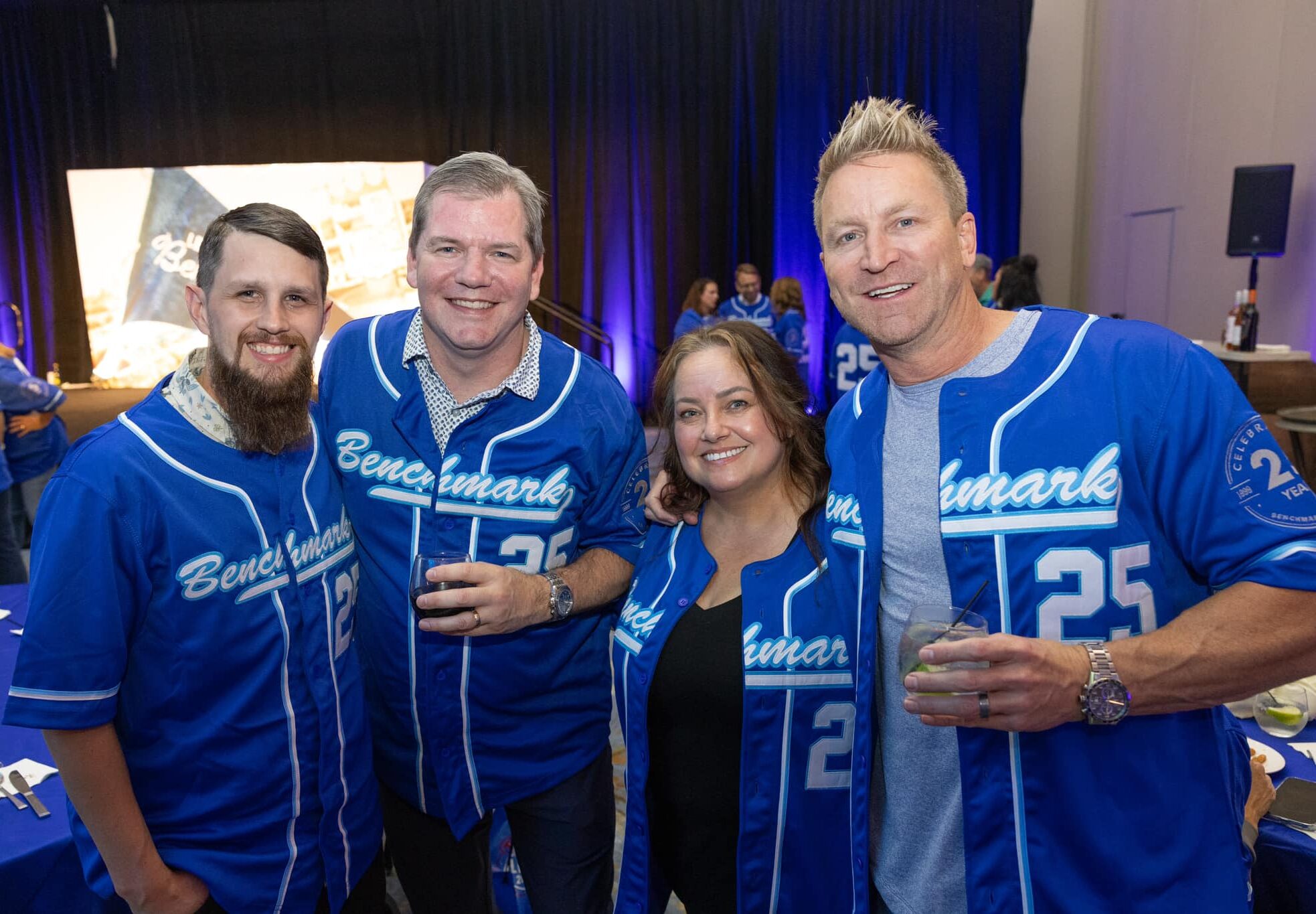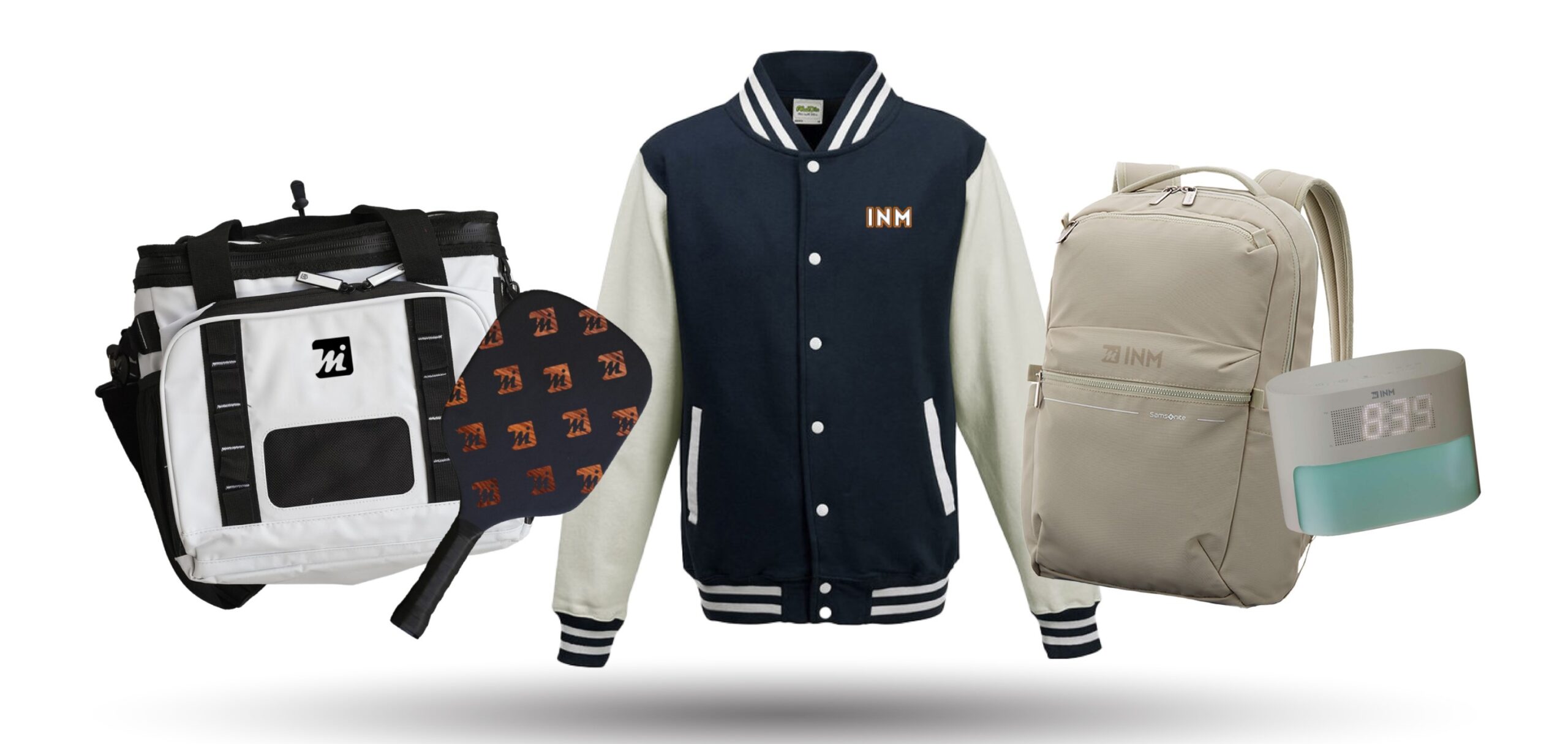The digital age has created more opportunities for you to connect with your customers than ever before. A recent report found that 70% of consumers say technology has made it easier than ever to take their business elsewhere. Capitalize on opportunities with your potential clients by being remembered as a company they want to do business with. Stand out to them by developing a unique brand personality to personify your brand.
But what if your brand personality is conservative because of your industry?
Creating a distinctive, dynamic brand can be challenging, especially for financial services companies. An industry that is both conservative and dominated by traditional styles and symbols, it’s hard for financial services companies to take the leap and stand apart with a unique brand identity.
You can still be creative, even in an industry like financial services. Having a conservative brand personality doesn’t mean you have to rely on “traditional” forms of advertising and marketing.
Effective, creative branding starts with knowing your customers. The Logo Company gives a good overview of this on their blog, “You can’t control everything your customers think about you, but you can encourage a certain perception through your branding. As you begin to develop your brand’s personality, think about what you want your customers to know about you.”
Think of some human traits that apply to your brand and be sure to keep them in mind as you develop your marketing strategy. Then that strategy has to carry over into your brand’s culture, and ultimately throughout your company.
For example, consumer trust in financial institutions has dropped from 14% in 2015 to 8% in 2016. How are you going to market to these consumers? If people are going to trust a company with their retirement funds, what qualities will a company possess to win their business? Some of those traits may overlap with the unique brand personality the company personifies, such as honesty and reliability. However, other desired qualities may differ.
It’s not unusual for people to make buying decisions with their emotions. Investors might be more inclined to choose a company that emphasizes warmth and compassion together with trustworthiness than one that focuses only on trust as an attribute.
Once you’ve established your unique brand personality and identified the demographics of who you’re trying to reach, you have to communicate with them. Find out where they like to “hang out.” Is it on social media – which platforms? Do they spend time at sporting events or doing family-oriented activities – how can you reach them there? Your message/advertising should match the audience you’re trying to capture.
This is where creativity comes into play. Being creative doesn’t have to mean thinking WAY outside the box or being off the wall. It can mean looking for unique ways to show creativity through your advertising messages or branding – utilizing industry and retail trends.
Always be willing to push the boundaries. Know the areas of your industry/company in which you can push the boundaries, and where you need to stay more conservative. Continuously re-evaluate to avoid the path of least resistance. You can work within regulations AND be memorable.
Want some specific ideas for how to be creative? Here’s some our favorites from a list at Brand Strategy Insider.
Look different.
Apple always looks like Apple. Diesel always looks like Diesel. Absolut Vodka always looks like Absolut. They’re in a sector but they don’t look like part of the sector.
Be the underdog in a sector where everyone else wants to be top dog.
Nantucket Nectars started “with only a blender and a dream,” and Clif Bar proclaims that its founder once lived in a garage. Underdogs win the compassionate consumer. Look for the underdog story you can tell.
Tell a story that defines you and is unique to you.
The story may be about your founder as in the case with Virgin and Richard Branson, your heritage like Hickory Farms or the value you bring to the world. Or perhaps it’s a story based on your highly guarded secret – only two people in the world know Coca-Cola’s formula. Your story may also be about the source of your product, service or inspiration.
Forge new ground in the spirit of your founder.
Chanel continues to personify the philosophies, ideals and legend of Coco Chanel long after her death.
Leverage your history to define tomorrow.
National Geographic have redefined what it means to experience the world we never see by expanding their channels and offerings while still holding their history close.
Redefine how people buy.
With millions of products, 24/7 access, superior search and browse technology, user reviews and many other sources of in-depth product information, Amazon.com offers a superior purchase experience.
Bring unprecedented optimism to a sector.
Nike redefined what people believed they should be capable of.
Connect the previously unconnected.
LinkedIn brought business people together so that they could network and share ideas in a way that was effortless, credible and global. In doing that, they resolved a problem that no one realized they had until they saw the potential for what they would now be able to do.
Treat people differently than your competitors do.
If an opportunity to serve your customer better does not exist — create one.
Above all, be sure all stakeholders know your brand and are committed to your marketing strategy. Presenting a unified and consistent experience for your customers will help to build a favorable impression of your company. This consistency will also help with retention of current customers down the road.




